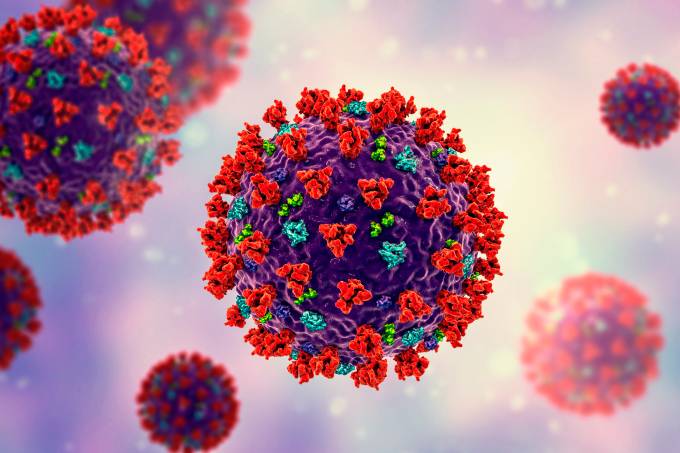Protocol Detail


FOREIGN BODIES IN ENT & GIT
Patients with foreign bodies (FB)in the gastrointestinal (GI) tract commonly present to the emergency department (ED).
Diagnosis
Pharyngeal:
Bones are the most common Foreign Body.
Get patient to localize the Foreign Body & remove with Magill’s forceps after co-phenylcaine/
xylocaine anaesthetic.
Oesophageal:
Food boluses common in adults, coins in kids.
FB’s tend to stick at level of cricopharyngeus (C6), Thoracic inlet (T1), Aortic arch (T4), Tracheal
bifurcation (T5) & gastro-oesophageal sphincter (T10). After that they tend to continue their
passage!
Objects over 5cm long or 2cm diameter rarely pass through the pylorus.
Presents with airway compromise, stridor, coughing, choking, drooling, neck or throat pain, haemoptysis, haematemais or malena.
Occasionally present with symptoms from perforation.
Management
ABC’s resuscitate as per CPR protocols.
Obstruction with drooling & discomfort requires urgent endoscopic removal.
CXR (AP) determines diagnosis & position.
Fish bones:
· Try finding the above with direct/ indirect laryngoscope,
· Remove if seen, easily reachable & no evidence of perforation,
· Soft tissue X-Ray of the neck if located the throat & not in the mouth,
· Analgesia.
Generally, most patients with foreign bodies will require some form of follow-up.
External ear canal:
Usually seen in kids.
Insects should be killed first with peanut oil & then removed with alligator forceps or syringing
through a cut off butterfly line.
Most other objects (beads etc) need to be removed by getting behind them & pulling them out with
a curette or hook or occasionally syringing through a cut off butterfly line passed over the FB.
Always check the tympanum afterwards.
Give Sofradex drops afterwards if the canal is traumatized.
Nose:
Consider in any 2-5 year old with unilateral nasal discharge.
Anaesthetize nose with co-phenylcaine.
Button batteries must be removed with urgency.
Push the tip of the nose up & remove the FB with suction, angled blunt instrument behind the object or forceps.
Consider various “blowing” techniques!
Check the nose afterwards for trauma & other foreign bodies.









